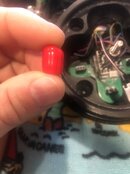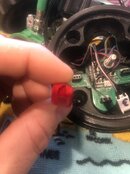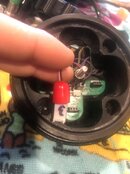'm saying that fixating on "1.6" as a magic value is missing the point of deco, which is not about ppO2 itself, but rather about %O2 and ambient pressure.
I agree with your premise, however this particular discussion is about cell checking, so even if you use normal set point for deco (like I do, 1.2, maybe 1.3 if I really want to get out earlier) you will still on at least 1 and preferably 2 parts of your dive push it up to 1.6 to ensure that your cells are capable of reading at the top end of the range they might be expected to see.






